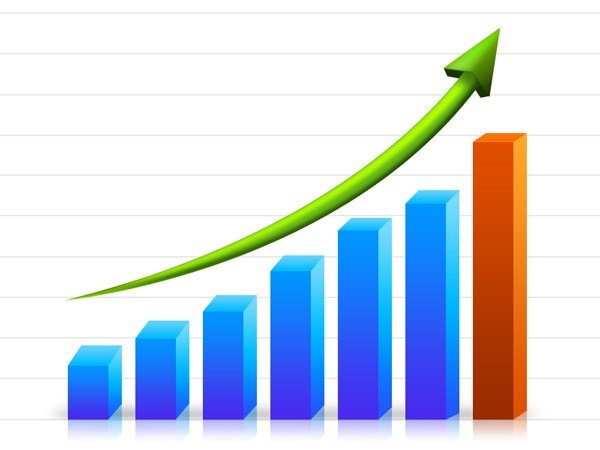
Courtesy- graphicsfuel.com
According to Research and Markets, the global pharmaceutical contract manufacturing market to grow at a CAGR of 6.91% during the period 2016-2020. Contract manufacturing has potential growth opportunities in emerging countries such as India and China.
One of latest trends in the market is consolidation through vertical integration, alliances, and acquisitions. The major pharmaceutical companies have decreased their operations and R&D budgets, which has led to an increase in demand for outsourced services. Moreover, companies have consolidated their infrastructure in response to a sharp global economic downturn, poor revenue growth prospects, and expensive and ine cient operations. Strategic partnerships between pharmaceutical companies and CMOs have led to the reduction of government spending on manufacturing.
The past few years have brought major changes to the pharmaceutical outsourcing services. As more in- house positions have been removed, pharmaceutical vendors are looking for strategic partnerships and ‘one-stop’ solutions.
According to the report, one of the primary drivers in the market is high number of US FDA-approved manufacturing facilities in emerging countries. While selecting a partner for outsourcing, pharma companies look for the US FDA-approved plants along with skilled workforce and low operating costs. India, with more than 100 US FDA approved manufacturing facilities, is one of the most preferred locations for outsourcing manufacturing services.
Further, the report states that one major challenge in the market is lack of information integration. One of the greatest challenges faced by most vendors in the pharmaceutical contract manufacturing market is the lack of transparency and information integration in the whole supply chain process. Few medicines, especially vaccines and specialty injections, need fast delivery to ensure their utility. If companies are equipped with a centralized system, they will be able to observe changes in inventory and can order shipments as per requirements. Distribution vehicles or shipments can be redirected to obtain drugs in the required areas.
With the right integration of available data from all the stages within the supply chain, companies can keep track of orders and delivery rates. This can e ectively cure the delays and disruptions in the pharmaceutical supply chain, making the entire value chain e ectively responsive to the unmet medical needs.
|
TRENDS IN GLOBAL PHARMACEUTICAL CONTRACT MANUFACTURING MARKET |
|
The global pharmaceutical contract manufacturing market from $58 billion in 2014 to $84 billion in 2020. Driving the growth in the sector are pharmaceutical companies’ continued focus on research and development, resulting in outsourcing of manufacturing. Whereas, in- house packaging, capacity utilization issues, and increasing lead time and logistics costs will hinder growth in the sector. The U.S. continues to hold the largest share in the sector, while India will see the greatest growth over the period. - Research and Markets The global pharmaceutical contract manufacturing market was valued at $76.6 billion in 2016 and is expected to grow at a CAGR of 6.6% in the rst half of the forecast period. Between 2011 and 2016, the top 5 emerging market CMOs grew at a CAGR of 13.6%, whereas the leading developed market CMOs grew at a CAGR of 1.7% over the same period. - Reportlinker The global pharmaceutical contract manufacturing market is expected to grow at a CAGR of 6.4% in the rst half of the forecast period and CAGR of 5.7% in the second half of the forecast period. The market is estimated at $88 billion in 2021 and $124 billion in 2027. - Visiongain The global pharmaceutical contract manufacturing market was valued $ 65.10 billion in 2016 and is projected to reach $ 94.38 billion by 2022, at a CAGR of 6.36% during the forecast period, from 2017 to 2022. - Mordor Intelligence |




